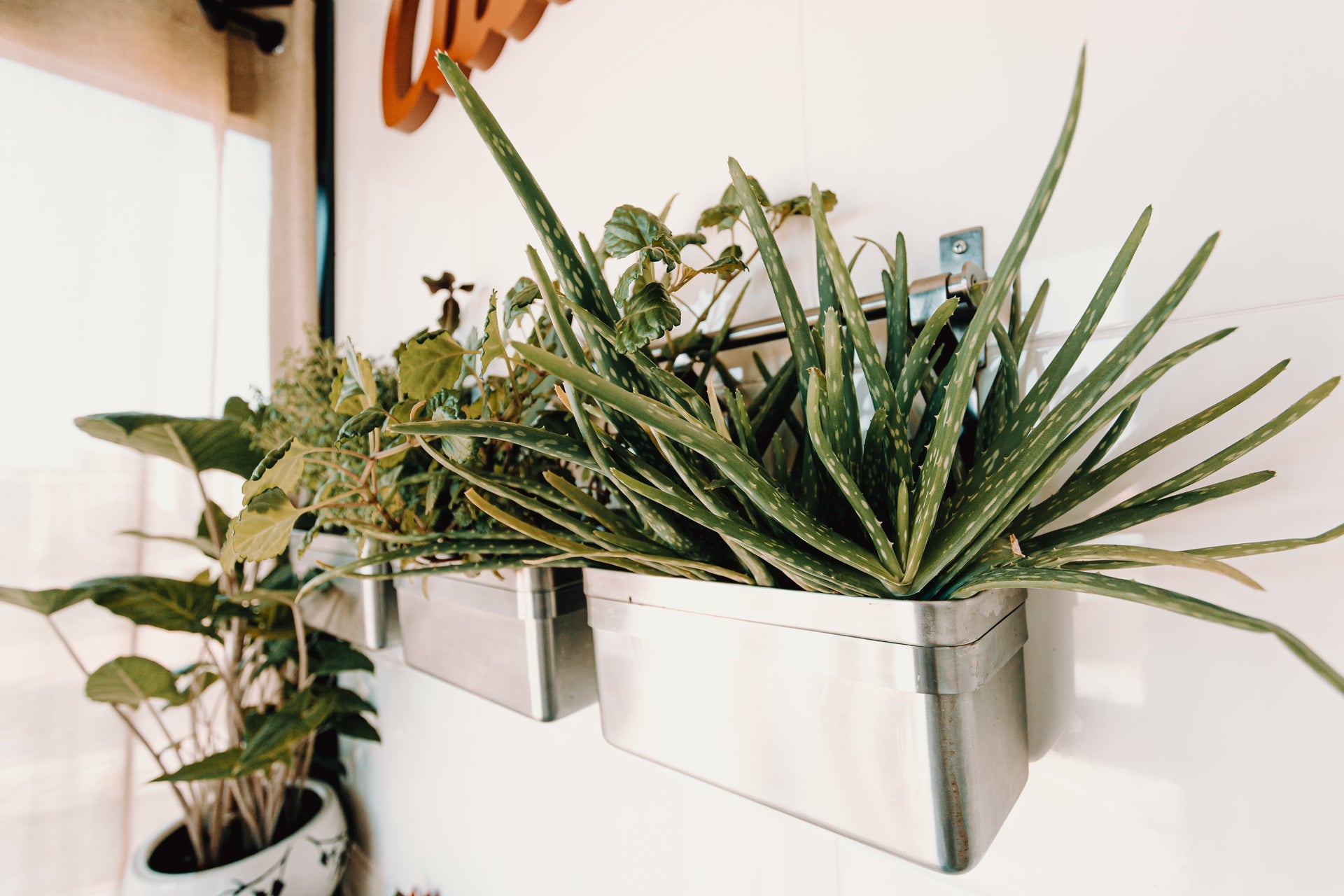
How to Create an Indoor Garden: A Beginner’s Guide to Bringing Nature Inside
Indoor gardening is a fantastic way to add greenery to your home, improve air quality, and create a calming, natural atmosphere. Whether you have limited outdoor space or simply want to enjoy the beauty of plants year-round, an indoor garden can be a rewarding and relaxing project. Here’s a step-by-step guide to help you create an indoor garden that thrives.
Step 1: Choose Your Space
The first step to creating an indoor garden is finding the right spot.
- Assess Lighting Conditions: Determine whether the area gets bright, indirect sunlight or low light.
- Consider Size: Even a small windowsill, a shelf, or a corner can be transformed into a garden.
- Use Vertical Space: If floor space is limited, consider hanging planters or wall-mounted shelves.
Step 2: Select the Right Plants
Choose plants that suit the light and humidity conditions of your chosen space.
Easy-to-Grow Options for Beginners:
- Low Light: Snake plants, pothos, or ZZ plants.
- Bright Light: Herbs like basil, mint, and thyme; succulents like jade or aloe vera.
- High Humidity: Ferns, peace lilies, or calatheas (ideal for bathrooms).
Mix and Match:
Combine leafy greens, flowering plants, and trailing vines to create visual interest.
Step 3: Select the Right Containers
Your plant containers should be functional and complement your home decor.
- Drainage: Use pots with drainage holes to prevent overwatering.
- Decorative Options: Ceramic, terracotta, or modern self-watering planters can enhance the aesthetic.
- Upcycled Ideas: Get creative with mason jars, tin cans, or wooden boxes for a DIY touch.
Step 4: Use Quality Soil
Healthy soil is the foundation of a thriving indoor garden.
- Potting Mix: Choose a high-quality potting mix that suits your plants. For example, cactus and succulents require well-draining soil, while ferns need moisture-retentive soil.
- Compost: Add organic compost to enrich the soil with nutrients.
Step 5: Water Wisely
Overwatering is a common mistake in indoor gardening.
- Check Soil Moisture: Water when the top inch of soil feels dry to the touch.
- Use Proper Tools: A watering can with a narrow spout allows for precise watering.
- Avoid Stagnant Water: Empty saucers or trays under pots to prevent waterlogging.
Step 6: Incorporate Vertical Gardening
Maximize your space by growing vertically.
- Wall Planters: Install wall-mounted planters or vertical gardening systems.
- Hanging Baskets: Perfect for trailing plants like pothos or spider plants.
- Stacked Shelves: Place plants on tiered shelves to create a cascading green effect.
Step 7: Add Supplemental Lighting
If your space lacks natural light, artificial grow lights can help.
- LED Grow Lights: Energy-efficient and customizable to different plant needs.
- Placement: Position lights 6–12 inches above plants for optimal growth.
Step 8: Create a Maintenance Routine
Consistency is key to keeping your indoor garden healthy.
- Watering Schedule: Check on your plants weekly to determine watering needs.
- Pruning: Remove dead leaves and trim overgrown branches to encourage new growth.
- Fertilizing: Feed your plants with a balanced fertilizer every few weeks during their growing season.
Step 9: Incorporate Decorative Elements
Make your indoor garden a visual masterpiece.
- Plant Stands: Use decorative stands to elevate pots and add dimension.
- Pebbles and Mulch: Add polished stones or mulch to cover the soil for a polished look.
- Accessories: Include items like fairy lights, small statues, or decorative trays to personalize your garden.
Step 10: Experiment with Themes
Design your indoor garden around a theme to make it unique.
- Herb Garden: Grow kitchen staples like basil, parsley, and cilantro for easy access.
- Tropical Paradise: Use ferns, palms, and orchids for a lush, exotic feel.
- Succulent and Cactus Collection: Perfect for low-maintenance, modern aesthetics.
Benefits of an Indoor Garden
- Improved Air Quality: Many plants filter toxins and produce oxygen.
- Stress Relief: Gardening is a therapeutic activity that can reduce anxiety and improve focus.
- Aesthetic Appeal: Adds beauty and a sense of calm to any space.
Final Thoughts
Creating an indoor garden is a rewarding way to bring nature into your home, no matter the size of your space. With the right plants, containers, and care, you can design a thriving green oasis that enhances your home’s ambiance and your well-being.
